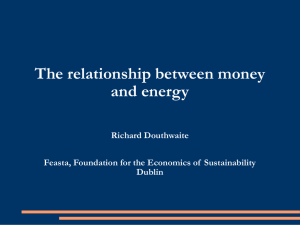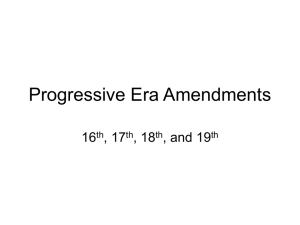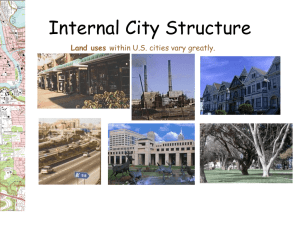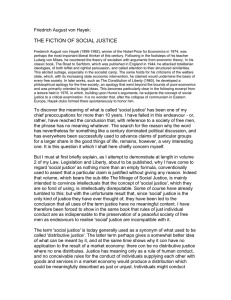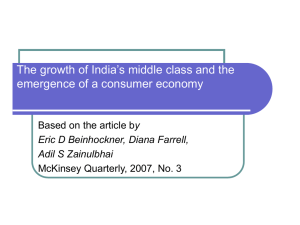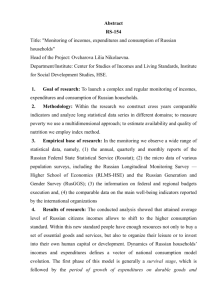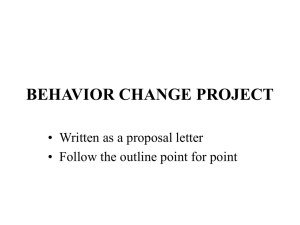Year 10 Economics Making Decisions
advertisement
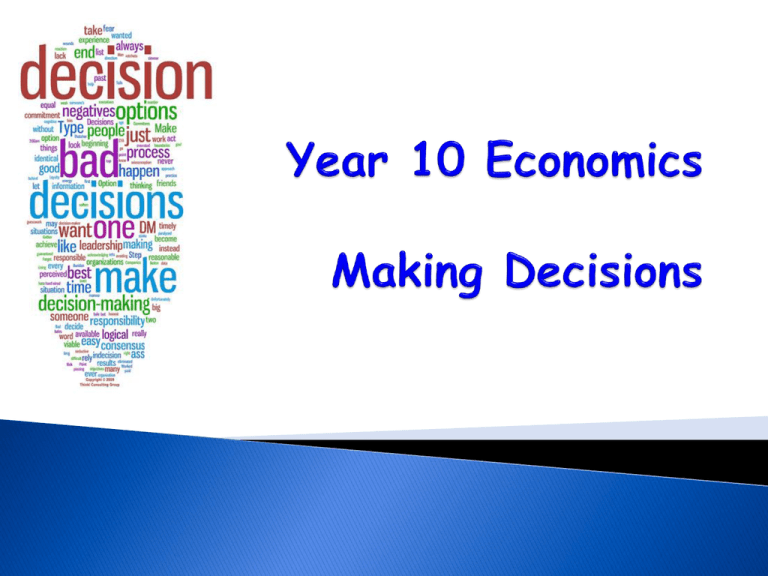
To understand the basic economic problem. To understand why we have to make choices and decisions. To analyse the costs and benefits to making certain decisions. To be introduced to demand on resources and the scarcity of some resources. Scarcity- resources are limited compared with our needs and wants. Choice- deciding between different options because our resources are limited. Basic Economic Problem- resources are limited but needs and wants are infinite. Resources- the land, labour, capital and enterprise used to produce good and services. Opportunity Cost- something given up when we make a choice. Benefits-the advantage of a particular choice. Costs- the expenses and drawbacks of a particular choice. As a result of resources being scarce, everyone has to make choices. We all face the basic economic problem that our needs and wants are infinite but resources and incomes are scarce. We cannot afford everything we want! As individuals incomes give us the ability to buy things produced using resources (land, labour, capital and enterprise) so we can think of incomes as a scarce resource. Nathan has really set his heart on a new “people-carrier” vehicle, but Tracy who has a degree in computer-aided design, wants to design and build (with Nathans reluctant help) her dream kitchen. Each option will cost them around £20,000. The problem is the cannot afford both! Activity: 1) List the costs and benefits to Nathan and Tracy of both the people carrier and the new kitchen. 2) Justify your choice, recommend to Nathan and Tracy whether they should buy the people carrier or build the new kitchen Needs, wants and incomes change significantly over a lifetime. Initially, a person’s demand is likely to be more for basic household goods. With a family, the demands will change to goods and services for the children. Once children have left home, people may start to take more meals out or more expensive holidays as demands on income will be lower. In retirement, incomes fall so people may need to cut back on their expenditure. Tastes in products will also change. Depending on their savings, people may have to reduce their demand for non-essential goods and services.
